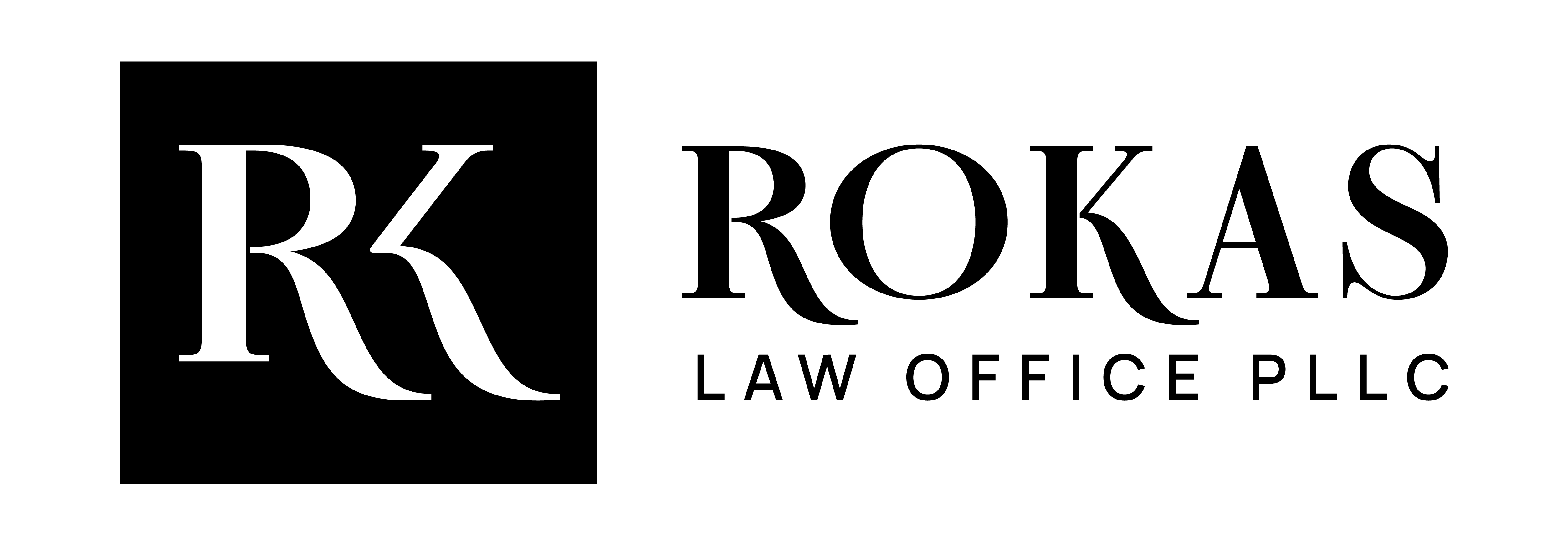Tourist Visa & Visa Waiver
Travelers who wish to stay in the United States for tourism purposes can choose between the Visa Waiver Program (ESTA) and the B1/B2 Tourist Visa.
The Visa Waiver allows citizens of countries registered in the VWP to stay in the U.S. for up to 90 days without a visa, provided they have been approved through the Electronic System for Travel Authorization (ESTA). However, this stay cannot be extended, and overstaying the 90-day limit can lead to serious consequences, such as being barred from the Visa Waiver Program and potentially facing a 3- to 10-year entry ban, depending on the length of the unlawful stay.
On the other hand, the B1/B2 Tourist Visa generally permits a stay of up to 6 months and is valid for 10 years. However, the visa application process is more rigorous and may be denied if the reason for the stay is not sufficiently justified. Moreover, if someone stays beyond the permitted duration, their visa will be canceled, and they may also face a 3- to 10-year reentry ban.
In summary, the Visa Waiver Program is more suitable for short visits, while the B1/B2 Tourist Visa is preferable for longer stays—but it comes with a stricter application process and a higher risk of rejection.
Through Employment
To work in the United States, the first step is to secure a job offer from a U.S. employer in a field that typically requires a university degree. The visa process must be initiated by the employer, not by the foreign applicant. The most common ways to find employment in the U.S. are through studying at an American university or through an internal company transfer. The L-1 visa allows employees who have worked for at least one year outside the U.S. to transfer to their company’s U.S. branch. Holders of the L-1 visa may later apply for a green card relatively easily. If someone receives a job offer, they may apply for an H-1B visa, which permits temporary employment with a specific employer, although it does not lead directly to permanent residency. The H-1B visa is subject to an annual cap, and applications must be submitted in April for employment starting in October. Certain individuals with exceptional qualifications, such as internationally recognized scientists or artists, may apply for a green card without a job offer, provided they meet strict eligibility criteria. Overall, finding a job in the U.S. requires patience, strong qualifications, and persistence, with fields such as technology and the sciences being more open to skilled immigrants. If someone travels to the U.S. under the Visa Waiver Program (ESTA) with the intention of job hunting, they must return to their home country and obtain the appropriate work visa at a U.S. embassy or consulate before starting employment.
Here are some of the most common types of employment visas:
The H1-B work visa
The H1-B work visa is one of the most common ways to work in the United States. To obtain this visa, one must have a job offer from an American employer, and the job must require a university degree or specialized knowledge. The employer initiates the visa application process, usually hiring an immigration attorney and covering the costs, which can be quite high. U.S. law limits H1-B visas to 65,000 per year, with an additional 20,000 available for those with graduate degrees from U.S. institutions. Typically, the number of applications exceeds the available visas, and the process follows a priority system. Applications for jobs starting on October 1 must be submitted by the employer no later than April 1 of the same year, as the available visas are usually exhausted by July. The H1-B visa can be renewed for up to 6 years and allows employment only for the sponsoring employer. It also permits the visa holder’s spouse and children to reside in the U.S., but without work authorization.
H-2A, H-2B, and H-3 Visas
The H2-A, H2-B, and H-3 work visas allow for temporary employment in the United States in various sectors. The H2-A visa is intended for agricultural workers, allowing employers in the agricultural sector to hire foreign workers when no American workers are available. Employers cover the cost of housing and meals. The H2-B visa covers other sectors, such as construction and tourism, and also requires proof that the work is temporary and that no U.S. workers are available. Finally, the H-3 visa applies to individuals coming to the U.S. for educational or training programs, without direct paid employment. All three visas are temporary and do not lead to permanent residency, but they allow foreign nationals to work in the U.S. for a specific period with proper authorization.
E-1 Visa
The E-1 visa allows citizens of treaty countries to work in the United States as traders. To obtain this visa, certain conditions must be met: the applicant must be a citizen of one of the treaty countries listed here; the company they will work for must be at least 50% owned by the applicant’s home country; and the trade involved must be substantial and continuous, with more than 50% of it occurring between the U.S. and the applicant’s home country. Additionally, the applicant must hold an executive or supervisory role or possess essential skills needed by the company. The E-1 visa offers a relatively straightforward and fast route to work in the U.S., provided the requirements are met, and it is advisable to seek the assistance of a specialized attorney for document preparation.
The L-1 Visa
The L-1 visa allows employees of international companies to transfer to a branch or affiliate in the United States. There are two types of L-1 visas: L-1A for managerial or executive staff, and L-1B for individuals with specialized knowledge. The visa duration ranges from 1 to 3 years and can be extended. It also provides the possibility to apply for a green card.
R-1 Visa
The R-1 visa allows religious workers and employees of religious organizations to work in the United States for a limited period. The visa is valid for 30 months and can be renewed for an additional 30 months. Dependents (spouse and unmarried children under 21) may accompany the applicant but are not permitted to work.
O-1 Visa
The O-1 visa allows individuals with extraordinary ability or achievement in fields such as science, the arts, athletics, and other areas to work in the United States for a specific employer or project. The application requires submitting evidence of the applicant’s international recognition and accomplishments. The visa is typically granted for three years, with the possibility of renewal, and allows the applicant’s family to accompany them, though without work authorization.
P-1 Visa
The P-1 visa is intended for athletes and artists with outstanding international recognition who wish to work in the United States. For athletes, the P-1A category applies, and for artists, the P-1B, provided they can demonstrate their achievements. The visa duration ranges from 1 to 5 years, with the possibility of renewal. The families of P-1 visa holders may accompany them, but they are not permitted to work.
Q-1 Visa
The Q-1 visa allows individuals participating in cultural exchange programs to live and work in the United States for up to two years. This visa is primarily intended for those involved in artistic, cultural, and educational activities that showcase their home country’s culture. It requires sponsorship from an approved U.S. organization and may be renewed if the program continues. Family members of Q-1 visa holders may accompany them but are not permitted to work.
D-1 Visa
The D-1 visa is intended for crew members traveling to and from the United States to perform duties on ships, aircrafts, or other transport vessels. The duration of stay under the D-1 visa is limited and depends on the length of the voyage but generally does not exceed 29 days. The visa allows participation only in professional activities directly related to the work on the ship or aircraft. Family members of D-1 visa holders may travel under the D-2 visa but are not permitted to work in the United States.
J-1 Visa
The J-1 visa allows participation in exchange programs in the United States for education, professional training, and work experience. It applies to students, researchers, professors, and individuals taking part in internships. The duration of the visa depends on the specific program and may be renewed. In many cases, there is a requirement to return to the home country for two years after the completion of the program.
More about the J-1 Visa:
The J-1 Visa for Interns/Trainees
The J-1 visa for interns and trainees offers a flexible and fast-track option for those wishing to work in the U.S. for a period of up to 12 or 18 months. The visa process is relatively quick, with applications possible in under a month. Applicants must first secure an internship or professional training opportunity with a U.S. company in their field. For the intern visa, the applicant must be a current student at a university outside the U.S. or have graduated within the past 12 months. For the trainee visa, a degree and at least one year of work experience are required—or five years of experience in the field without a degree.
The J-1 visa for interns is valid for up to 12 months, while for trainees it can be extended up to 18 months. Activities must be related to specialized professional fields, excluding areas such as patient care, childcare, or elder care.
The J-1 Visa for Fulbright Scholars
Fulbright scholars studying in the U.S. on a J-1 exchange visitor visa are required to return their home country for two years before they can apply for a work visa or permanent residency in the U.S. Specifically, scholars cannot apply for H or L visas or a green card unless they first complete the two-year requirement in their home country. However, they may apply for O-1 or E-1 visas if they meet the criteria for extraordinary ability or U.S.-Treaty Country trade, respectively. The two-year period can be cumulative and fulfilled in parts if the scholar is outside their home country under other visas (e.g., O-1) in the U.S. The two-year requirement can only be waived in exceptional cases through a waiver. There are four ways to request a waiver: with a “No-objection letter” from the home country, due to “hardship” (when staying in their home country would cause severe harm to relatives in the U.S.), due to “persecution” (in their home country), or for reasons related to U.S. government agencies. However, obtaining a waiver is very difficult and requires serious and exceptional circumstances, often with high-level political support.
Educational Purposes (F-1 & M-1)
The process for obtaining a student visa in the U.S. begins with the foreign student’s acceptance by an educational institution, which then issues the I-20 form, allowing the student to apply for a visa at the U.S. embassy. This visa covers the entire duration of the studies and allows limited on-campus employment for a certain number of hours per week. During summer breaks, students may work off-campus with special permission. They may also work for up to 12 months after completing their studies if they meet specific requirements.
The M-1 visa is for students who wish to attend vocational or technical programs without earning a university degree. Like the F-1, it requires acceptance from a U.S. educational institution and the I-20 form. However, the M-1 has stricter work restrictions. M-1 students are not allowed to work off-campus, and on-campus employment is permitted only in exceptional cases. The visa is valid for up to 1 year, depending on the length of the program, and after completing their studies, students have 30 days to return to their home country unless they continue their studies or work in the U.S.

